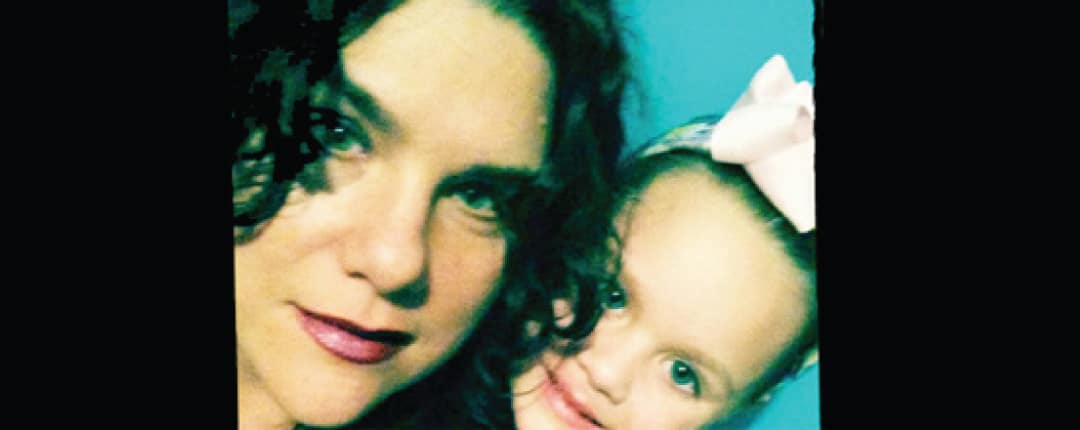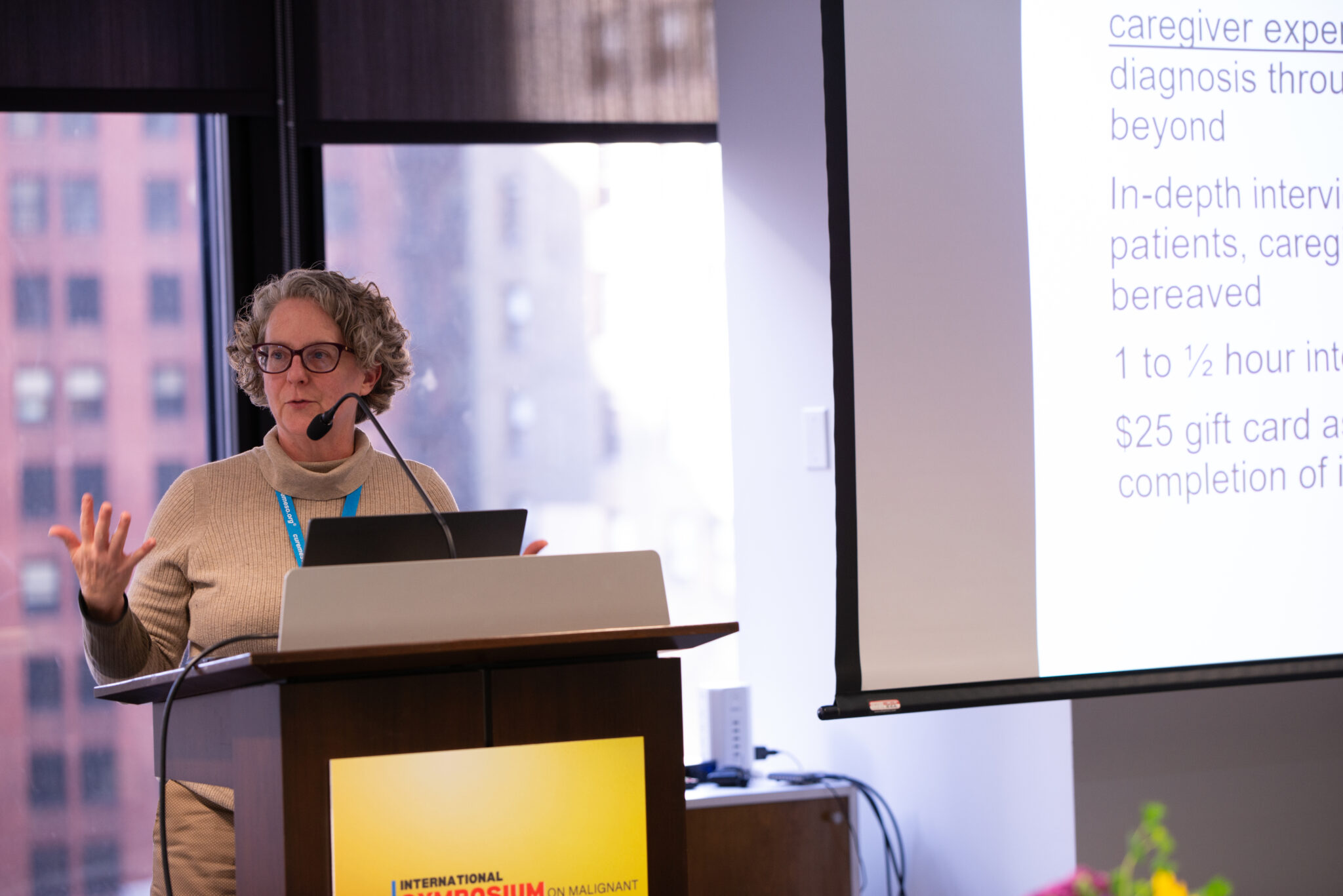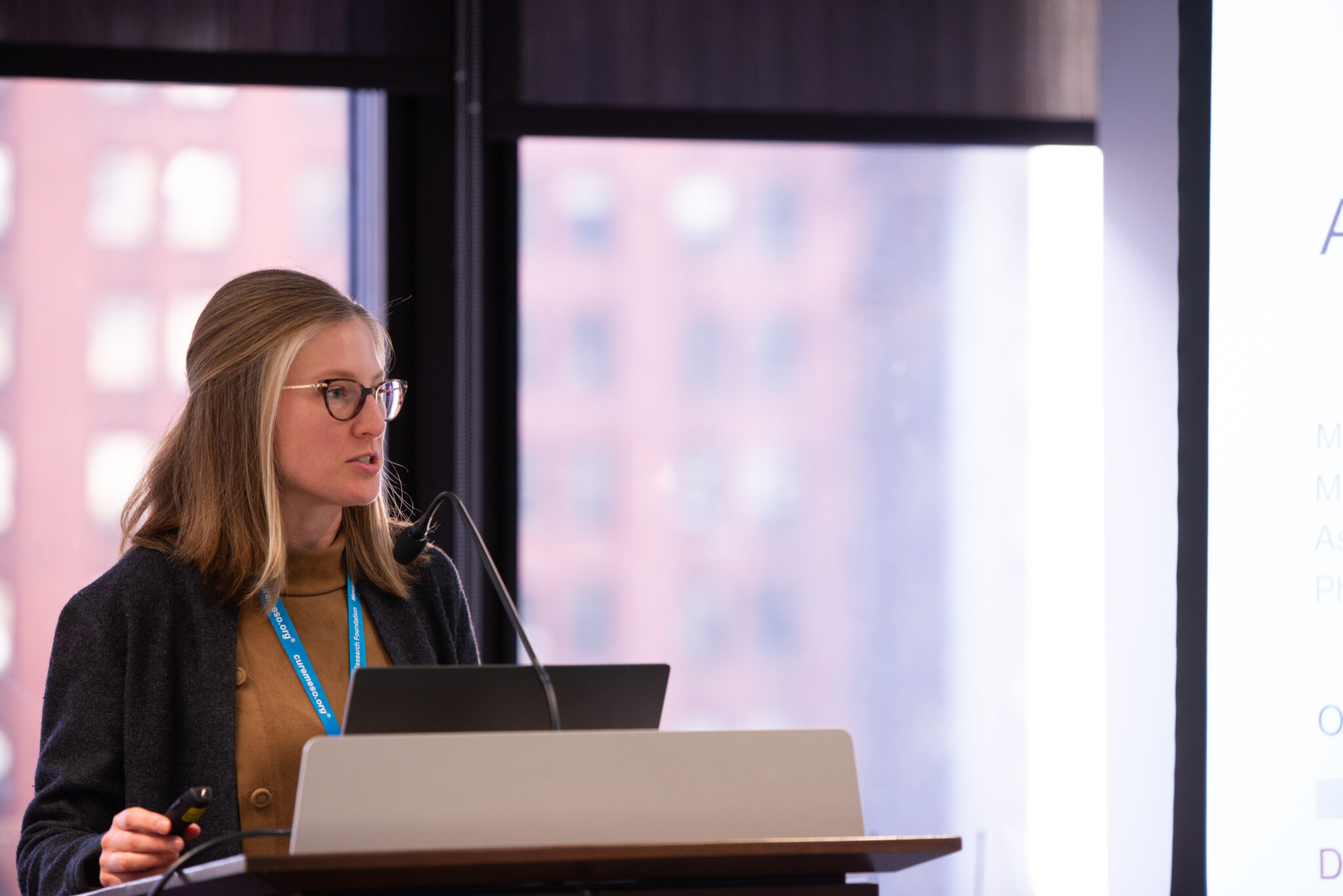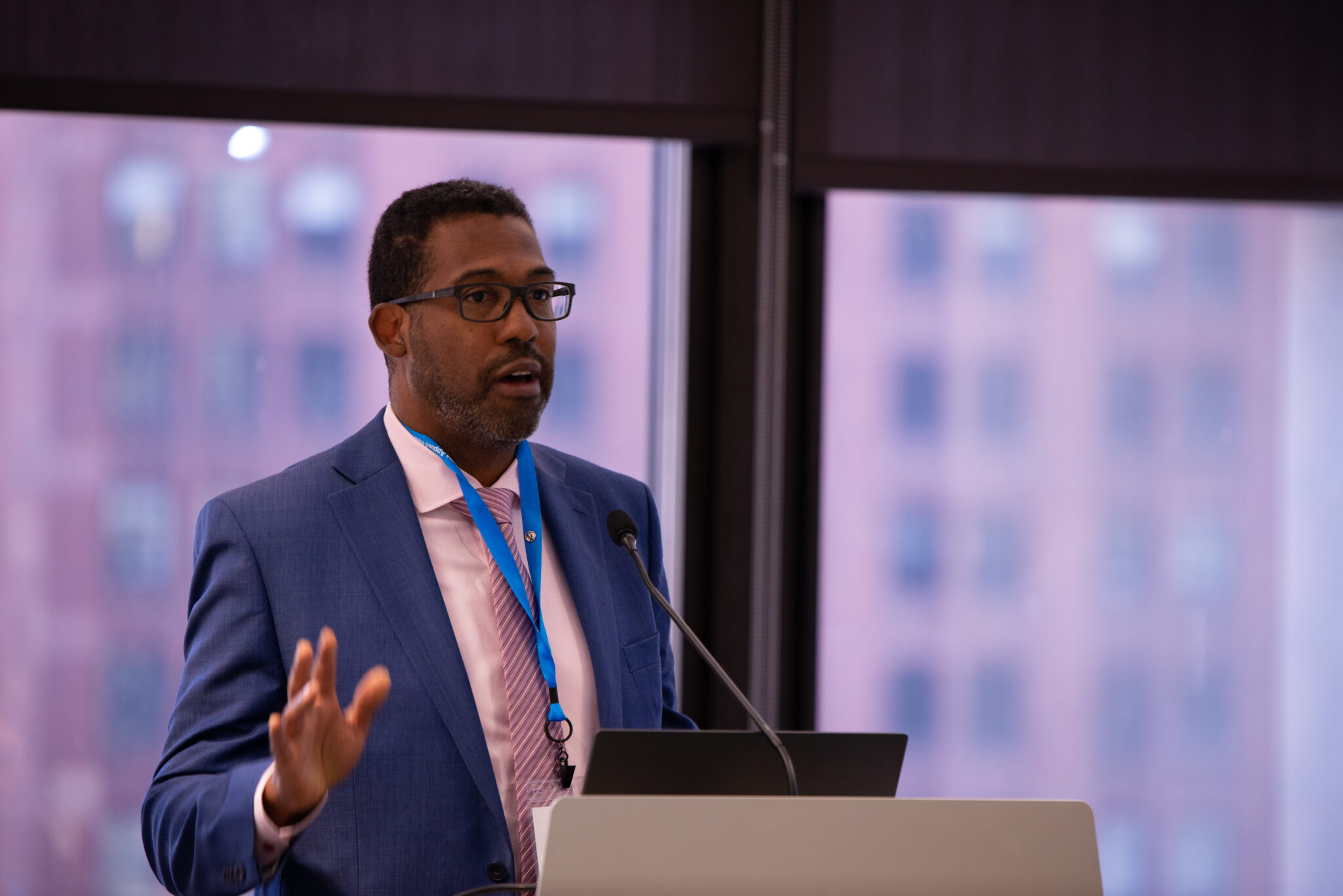Amanda and her husband David sat on their porch steps, their two-week-old baby Gia in a stroller right in front of them while their two older daughters were off at school; it should have been a joyful moment. The sun was shining, and a gentle spring breeze tossed their hair. But Amanda’s sobs stained the peacefulness. “How long am I going to live? How long am I going to be on earth to raise my daughters?”
Just two weeks prior on March 15, 2012, Amanda gave birth to her third daughter in a routine caesarean section. The baby, Giavanna Jordan, was healthy and strong. However, during the surgery, the doctor discovered a walnut-sized white mass in Amanda’s abdomen. Two weeks later, Amanda and David were given a devastating diagnosis: peritoneal mesothelioma.
If not for the birth of her daughter, Amanda’s cancer would have gone undetected until it was beyond treatment. Despite her despair, Amanda was about to embark on a journey of faith, love, family, friendship and healing.
With three daughters at home – Ava, Zoe and Gia – Amanda and David enlisted all the help they could to research the disease and treatment options. Amanda’s sister, Emilie, her father and her father-in-law helped the couple gain the confidence to face mesothelioma head-on. The Mesothelioma Applied Research Foundation connected Amanda with a specialist who fit her needs. Family and friends set up a prayer chain and pitched in to help with household chores, meals and childcare.
Amanda’s surgery was scheduled for June 12, 2012. She prepared for the journey from her home in Grand Rapids, Michigan, to Washington, DC for HIPEC surgery. Under the care of her doctor, Amanda would undergo cytoreductive surgery to remove diseased tissue and organs, followed by soaking her abdomen with heated chemotherapy drugs.
The procedure, which an article in The Washington Post called “a high-stakes surgery,” would not be covered by her insurance. This prompted Emilie to launch a fundraiser to help with medical costs. Amanda was touched and grateful for the generosity of others, especially those who did not know her well or, in some cases, at all.
She went into the operating room at 9:00 a.m. The grueling surgery was not complete until eleven hours later. After three days in the ICU, Amanda began the first of five intraperitoneal chemotherapy treatments. Each treatment session was a six-hour process, during which Amanda had to turn side to side every 30 minutes. Though she was far from home, Amanda always had family at her side to encourage her, pray with her, help her and take notes to keep track of her medications, symptoms and progress.
With her chemo treatments complete, she worked with a physical therapist to begin moving around. Ten days after surgery, Amanda was able to walk the hall, an accomplishment made even more exciting when her doctor gave her a cancer-free prognosis. During her 27-day stay at the hospital following surgery, Amanda remained strong and kept her focus on getting home as soon as she could. She was craving normalcy and missed her daughters.
That September, a few months after Amanda returned home from the hospital, she began her first of six 9-hour rounds of chemotherapy to be completed over six months. The treatments left her incredibly fatigued, nauseous and with abdominal cramps, but she was grateful to have family members by her side to help after each treatment. As Amanda says, “I will never be able to share how thankful I am for that time they helped me recuperate.”
As the year-end approached, the physical results were evident. Incision scars, numbness in the top of her right leg from nerve damage inflicted during surgery, and a daily cocktail of prescription medications to keep her healthy. On the inside, emotional effects were taking a toll. The year was coming to a close, but Amanda was not celebrating. Instead, on the last day of the year, she reached a breaking point, questioning her purpose and future.
Amanda recalls, “Throughout all of this journey, I was not always positive. There were days, weeks, that I just laid in bed and did nothing but cry and think I was dying – that I had no future. Didn’t care, didn’t want to be involved, just gave up. I didn’t know what else to do.” By October of 2013, Amanda took three months off work and sought weekly therapy to treat post-traumatic stress disorder and depression.
At her lowest, she found solace in her family and in her faith. As she faced her struggles head-on in 2013, she was reminded that her now 1-year-old baby saved her life. The letters of Gia’s name, Amanda says, are a reminder that “God Is Alive.” Amanda’s determination and positive attitude helped her overcome obstacles. She attended hot yoga classes, which provided physical strength and inner peace. She often uses what she has learned in yoga to keep her spirit fortified and remind herself to breathe deeply … just breathe.
In the summer of 2015, three years after her diagnosis and surgery, she connected with another patient preparing for the same HIPEC surgery. Being able to help someone else through this experience helped Amanda come full circle and accept the fact that her treatment was completed – she was not on the operating table. She finally felt able to move on with her life.
Amanda’s advice to all patients boils down to two lessons she learned along the way:
- “Find a doctor that’s right for you. This takes research. Each treatment is different, so it’s vital to make sure you have 100% confidence in your doctor and understand how the surgery and continuing care will affect you.”
- “Take it one day at a time. There’s going to be the anxiety that comes with the diagnosis, the difficulty of the surgery and recovery, the medical bills, and somehow you have to resume life afterward. Many things are out of your control, and worrying doesn’t help your physical or mental condition. It’s easy to say, but hard to do.”
Today, Amanda is stronger than ever, and her philosophy is simple: “Live your life like there is no tomorrow. Be present today. Be a rock star today.”
In January 2016, Amanda’s routine CT scan showed no evidence of disease (NED) and with three young daughters, Amanda shows no evidence of slowing down.





